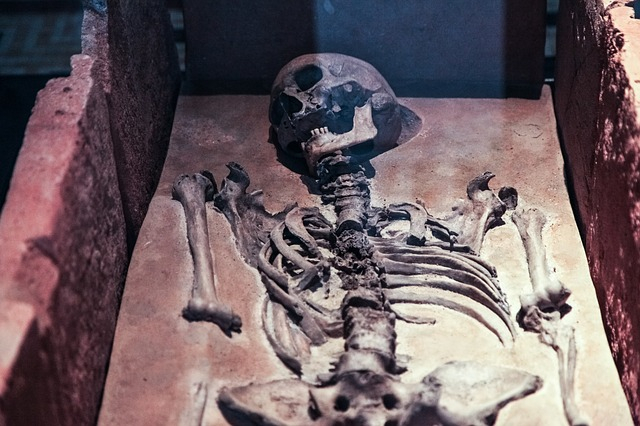While excavating burials, researchers recently claimed that they found similarity in two ancient Spanish tombs dating back over 5,000 years even though they were placed miles apart. Soon the experts had claimed that these two graves belong to the same group of people.
However, in a recent study, the link between the two burial places has been denied based on dental evidence. The new research says that these two deceased people had their separate culture, practices and appearance. The remains were discovered either in cave burials or in megalithic graves. The new study claims that the "invested energy" into megalithic graves is generally linked with a more privileged segment of the community compared to those in caves.
The research on Spanish graves
Previous researchers claimed that the tombs in the Rioja Alavesa region belonged to the same group of people with different social status. As per the new study published in Science Advances, the co-author Rick Schulting told Newsweek that the team of researchers decided to focus their efforts on examining the ancient humans buried in both the cave and the megalithic tombs to learn more about their culture. However, as per the experts, it is claimed that the latter would have required considerable effort to build.
In order to carry out the study, the researchers used teeth to track dietary and lifestyle differences of both the deceased individuals, thanks to stable isotopes. The researchers led by Teresa Fernández-Crespo at the University of Oxford, could look at an individual's teeth and provide insights into their diet and geographic origin. While explaining the process, Schulting said that the sequence sampling allowed the team to trace back to the person's life history when this difference first emerged.

Graves under spotlight
The researchers found evidence to suggest people buried in the megalithic tombs had extremely different diets from those in caves. But with this new study, the team of experts was expecting to discover whether these differences were present from early childhood or they started to show up later in life.
As per Schulting, if the difference in diet had emerged later in life and not in childhood, then it could reveal the different 'occupations' within single communities using two burial practices. But if the difference is present from early childhood, "It is more likely that there were distinct communities using the monument and caves for burial, despite how close, together they are," said the researcher.
New findings by researchers
As per the new study the researchers said that they found significant differences. The team claimed that even though they used to live just three miles apart, they were distinct "valley" and "hill" people. They also mentioned that these two cultures would have had regular contacts.
Schulting said that as per their understanding, people living in the valley and using the megalithic monuments for burial had to access to more secure and abundant food resources. "This would have allowed higher crops yields and so likely supported a large population compared to those living in the hills along the valley margins."
The study also explained that the people living in the valley apparently were wealthier but the study of their dental sample revealed that these individuals tended to have more cavities which also suggests that they ate more carbohydrates.
As per Schulting, it is possible that these two cultures were so close that they probably exchanged goods and had intermarriages. While the researchers are now hoping to look at the evidence for violent conflict, Schulting mentioned that it is not possible to state that such conflicts took place between the 'valley' and 'hill' people.
"We strongly suspect that this was the case since the difference is often turned into antagonism when things do go wrong and blame starts being cast. We see this in the modern world as well as in the past," said Schulting.








